How to Nod Knowingly
“I don’t know anything about art, but I know what I like.” Well, that’s probably true. It’s probably even a useful truism, but you might want to know a little more about art; you know, terms beyond blue, red, yellow, black, white. I have always found that knowing the terminology of an area of interest is the first thing we need to learn. Once we get past the terminology, the rest is easy.
I hope you don’t find this little essay insulting to your intelligence or knowledge; you may know all of this and much, much more. It’s mainly designed for folks who have little knowledge of but at least have a little interest in art. I hope with this brief essay to give you a quick lesson in terminology which is common to art since the late Nineteenth Century. Learning the terminology won’t make you an expert, but it will allow you to nod knowingly in the presence of “experts.”
I’ve tried to keep this mini-lesson brief, to the point, with as little information that I think I can get away with. The dates given are the dates when the school of art was at its zenith.
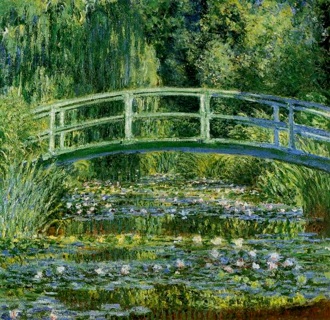

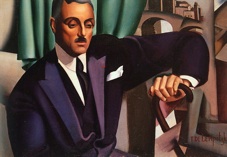
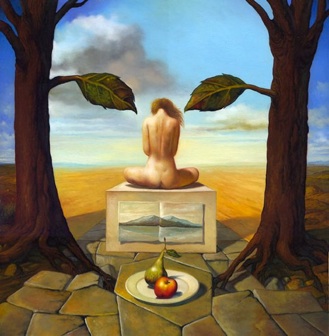
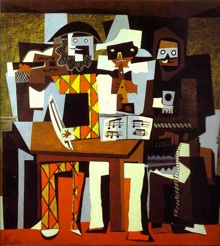

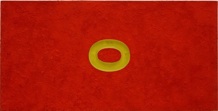
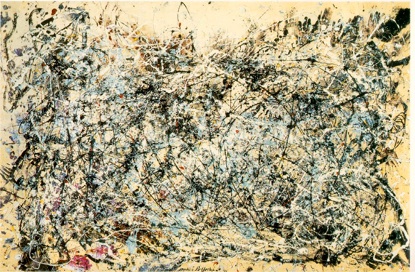
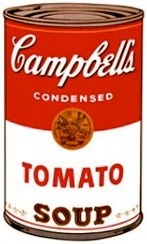
Naive Art (also referred to as Outsider Art): it has always been with us. Naive Art is art produced by artists who lack professional training which results in bright colors, detailed images, and a lack of perspective. (see Grandma Moses) Think of an apple painted by your mother...or me.
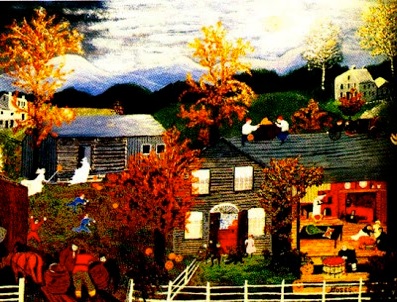
Art ain’t rocket science: just remember to nod knowingly.
enough





